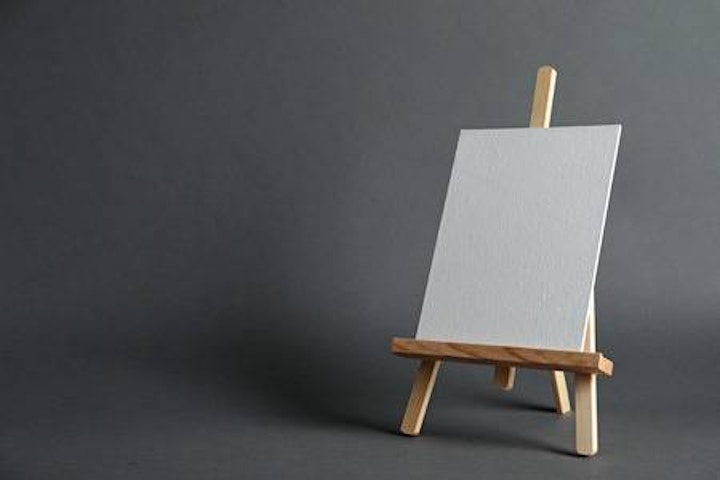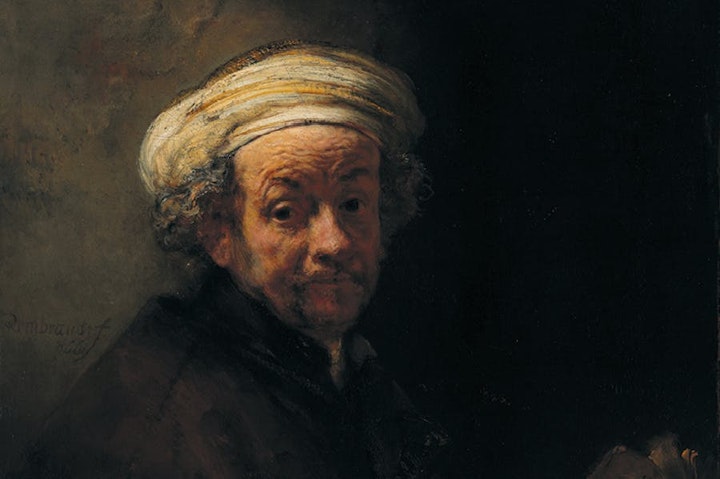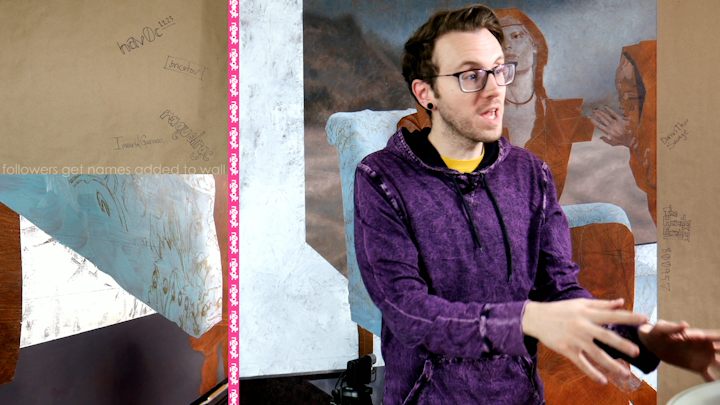"What the Hell am I Supposed to Paint?"

So you've spent a lot of time gathering everything you need to create an oil painting. Maybe you've even dabbled with the paint to get the hang of it. You're ready to make your first painting. It's gonna be great! You prime your surface, you get an amazing playlist ready, and you stare at your primed surface thinking, "...uuhhhhhh?"
You aren't alone. We've all been here. It's important to make sure you have a plan long before you get to this point. Below are a few suggestions I can offer to turn that blank canvas into something that will be valuable to your growth as an oil painter.
Start with the basics
Don't go into a painting thinking it's going to be a "masterpiece." Keep it objective and just start painting. You can't go wrong with the tried and true basics - still life, figurative, or self portrait. When you starting off, try your best to work from life. No photos allowed. You'll thank me later.
Pay attention to your lighting. You want to make highlights and shadows. Even lighting will be boring and won't be very interesting to look at.
If you're leaning towards still life, choose objects that you think look cool together. Start with one and add items very selectively until you're happy with what you've got. Try to make a cohesive color palette.
If you're ;leaning towards figurative or a self portrait, try to capture an interesting gesture. To make sure you capture that gesture, make sure you start your painting very lose and tighten it up over time.
Do you have a passionate message?
If you already have something you want to say, it make's a pretty good starting point. You still may want to start with the above basics first, but I'll leave that up to you.
Try to brainstorm the best way to communicate your message. Do you want the message to be slammed into the viewer's face, or you you want to be subtle or mysterious. Come up with a few ideas and combine the best parts into the option you end up pursuing.
No message? Look at art.
Every artist need to refine themselves over time. If there's no super obvious message you're going for, look at other artists' work can help. Try going to instagram and searching the #oilpainting hashtag. Follow a few artists that you like (like @n0ogit haha) and watch them carefully.
Remember that "a good artist borrows, but a great artist steals." Borrowing implies you're innocently using someone else's idea. But if you take that idea and make it yours (stealing) before executing it, what will result is something new and potentially superior that the original.
Prep your composition in design software
The last piece of advice I can give is to prep your ideas in design software first. This can help you nail down the composition and drive your point home. This could be in Adobe Illustrator or Photoshop, or it could be in MS Paint. Use what you have. There is also a free Photoshop-like program called GIMP that you may want to try out.
Make sure your artboard has the same dimensions as your oil painting surface. The key things to plan out are object placements, value, color schemes, and overall visual weight. You can also have some other people you trust give their input before you start.
Please let me know if this helped you at all, and as always, show me your paintings. You can find me on Instagram or live on Twitch every Monday and Tuesday. Better get painting!



